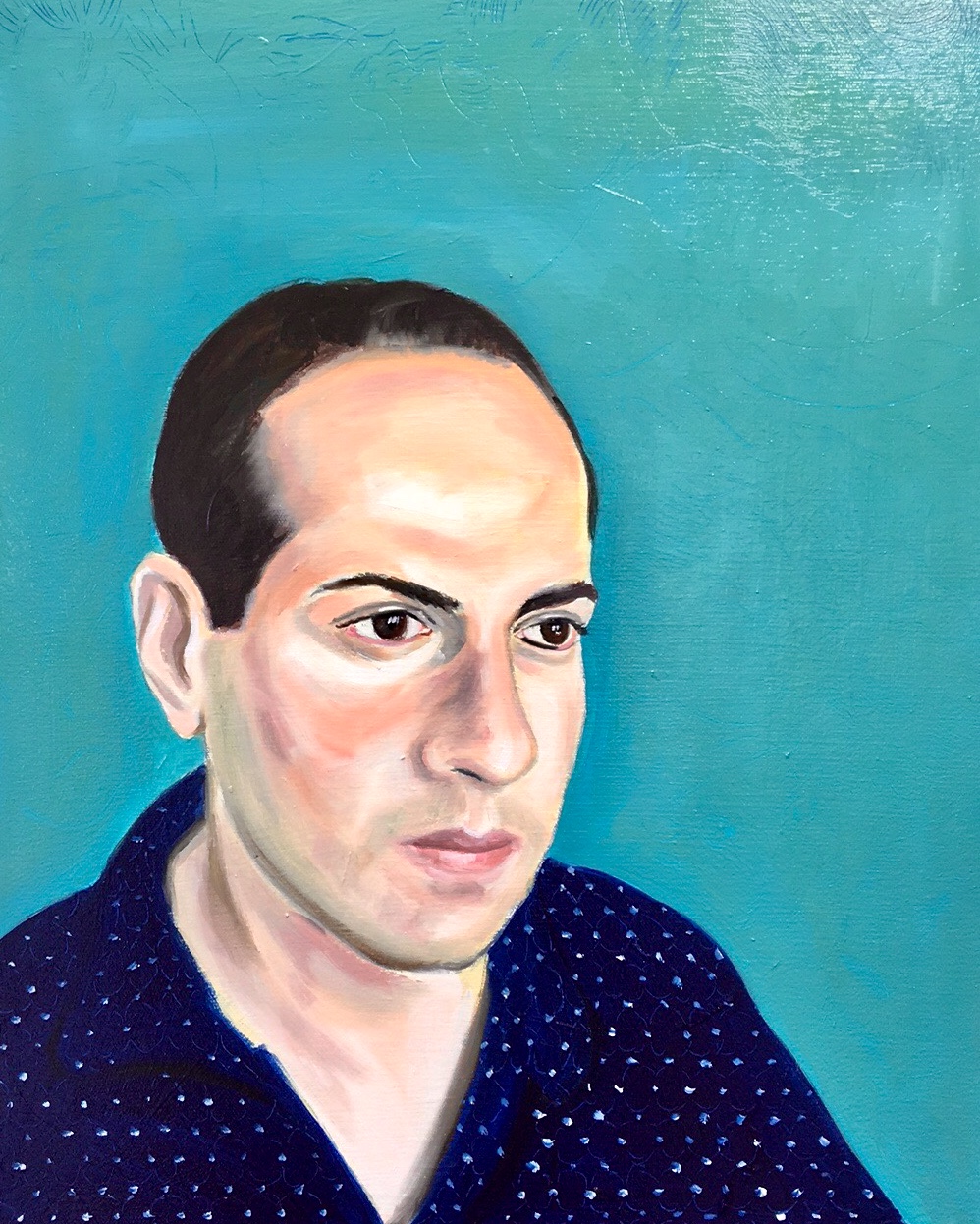Taisho Elegance: The Allure of Komura Settai and Yumeji Takehisa
- Edward Luper
- Jun 4
- 3 min read

On patterns, poetry, and the art of subtle emotion
In a certain light, Japan between 1910 and 1930 feels not like history but like a dream seen through patterned silk. Two artists: Komura Settai and Yumeji Takehisa, gave form to that dream. Working in parallel, they chronicled a vanishing world not with nostalgia but with astonishing invention. Neither strictly traditional nor conventionally modern, their work hovers on the edge of something, time, memory, the turn of a fan.
Recently I keep returning to them in my own work; especially as I explore subdued colour palettes, pattern repetition, and a floating sense of mood in my recent Neo-Japonist screenprint designs of London. They remind me that restraint can be more powerful than spectacle. That emotion, if patterned just so, can ripple like wind through bamboo blinds.

Komura Settai: The Geometry of Quiet
There’s a certain stillness in Komura Settai’s work that feels architectural, almost musical. A room, a robe, a staircase, everything is rendered in flattened planes and soft tones, yet somehow feels charged, as if a story has just passed through. Trained in nihonga, Settai brought his painterly eye to book design, theatre, and magazine illustration. His compositions seem to breathe: lines are neither rushed nor overworked, colours are never forced. Shadows are soft, even when the themes: solitude, longing, the weight of ritual, are not.
I often think of him as the interior designer of Taisho dreams. Whether illustrating a kabuki scene or the cover of a literary journal, his work shapes mood through balance. The way a curtain hangs. The angle of a single open door. There is no drama here, but there is a tension, held quietly in the architecture of form.

In my own recent prints of London, I’ve leaned into Settai’s vocabulary: limited palettes, repetition of motifs (chimneys, willows, lamplight), and that layered flatness where objects nest within each other like thoughts. Instead of ukiyo-e’s bustling exuberance, Settai offers something closer to still jazz, a Tokyo room reimagined as an emotional diagram.
Yumeji Takehisa: The Melancholy Pop Star
If Settai is the architect, Yumeji is the pop lyricist. And yet, he too works in restraint. His bijin-ga, those soft-eyed women, draped in willowy kimono or western dress, are both icons and enigmas. They're less about beauty than atmosphere.

Yumeji pioneered something quietly radical: personal feeling rendered through graphic design. His girls often look away. They drift. They seem to miss someone. Their world is modern but tinged with old poetry. And like komorebi (sunlight filtering through leaves), it’s all the more moving because it’s fleeting.
A poet as well as a painter, Yumeji’s art straddles the mass-produced and the deeply intimate. His designs for postcards, magazines, and covers made emotion collectible: circulated, shared, pinned above a writing desk.
Today, Yumeji feels strangely contemporary: delicate, romantic, moody. You could almost mistake his linework for an indie manga artist, except that he was doing it a hundred years ago, when the idea of “personal style” in mass media was barely emerging.
Why They Still Matter
In a world of filters and overstimulation, Settai and Yumeji offer a different proposition: that pattern and mood are enough. That good design is emotional. That quietness, done well, can be unforgettable.

They both teach me, again and again, how to pare things down. How a single colour, or the tilt of a shoulder, can say more than a page of dialogue. And how to see the city: Tokyo, London, anywhere, as a place where memory hides in doorways, between lamplight and rain.

Final Thought
Sometimes I wonder if we’re still living in a kind of Taisho moment, a brief pause between upheavals, filled with longing for slower time, tactile beauty, and emotional depth. If so, artists like Komura Settai and Yumeji Takehisa are more than reference points. They are guides.






Comments